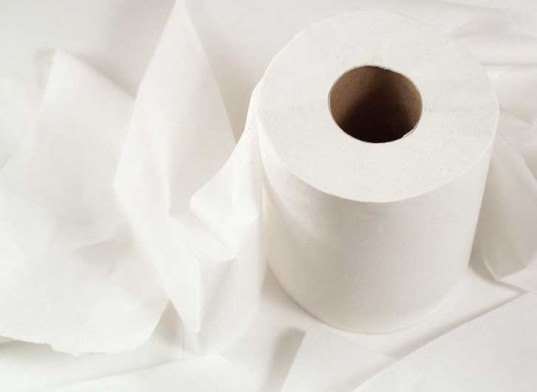Can Liner Selection Guide

It’s Not Easy Being Green By John Harbaugh
December 7, 2015
Choosing the right can liner is the best way to ensure you have the necessary materials to get the job done,
whatever it may be.
When purchasing can liners (aka: the industry term for trash bags), deciding what material density, strength grade/gauge or capacity you might need is helpful in order to ensure you have the proper tools to get the job done right- the first time.
Knowing the difference between High Density and Low Density can liners can mean the difference between under or over buying, so having the proper knowledge is key to saving you time and money.
HIGH DENSITY LINERS:
High density liners refers to the gauge or thickness of the can liner, and are typically recorded in microns (one millimeter) In comparison, a sheet of newspaper is 70 microns, print paper is 100, and a piece of cardboard can be up to 600 microns!
These trash bags are made from a thin plastic/resin called polyethylene although less resistant to tears, they can carry heavy loads and are temperature resistant. The clearer the Hi Density liner, the better, since milkier liners contain calcium carbonate that cheapens the product.
These liners are best used for office waste baskets, smooth heavy objects, dirt or grass, and cleaning rags.
LOW DENSITY LINERS:
Low Density liners have a thicker recorded gauge and are referred to in Mils, or one thousandth of an inch, and are thicker and made to be more tear resistant (the bigger the number, the thicker the material). They are the best option when strength and stretch are required. Perfect for object with jagged edges, these bags will stretch to fit anything from sticks or rough yard trimmings, to glass bottles or any number of items with sharp edges.
SIZING
- 24” tall x 24” wide = 7 gallons
- 13-16 inch tall trash can for 24×24 (to ensure overlap).
- 24x17x36
- Folded in on two sides.
- Gusseted -> not as strong as star seal (less layers) and not recommended for liquids or wet trash (prone to leakage).
- Star seal -> more money
- More layers at the bottom = make a stronger bag.
- Usually better for the bigger bags, leak proof and made for heavy or wet trash.
Use the handy guide below to take the steps in order to find the right can liner you may need. Our liners come in a variety of sizes, density and bag per case count. Available now for order, and should you have any questions, our staff would be happy to help you with anything you may need.
Call Delta Distributing to purchase today!
(626) 445-7598




